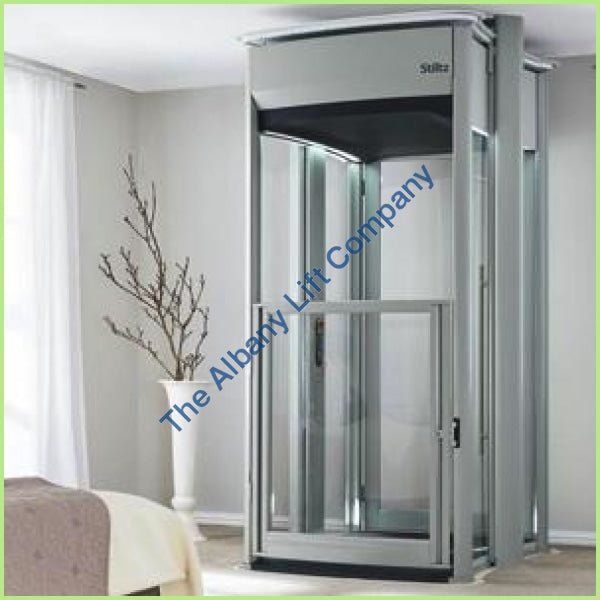Contrast Disabled Platform Lifts Prices UK: Affordable Options for every single Requirement
Contrast Disabled Platform Lifts Prices UK: Affordable Options for every single Requirement
Blog Article
Delving Into the Globe of Lifts: Typical Concerns Faced by Numerous Lift Systems
As we browse via the upright transport systems of modern-day buildings, lifts stand out as a crucial component of our daily lives. From hydraulic lifts to traction systems and machine-room-less designs, each lift type comes with its set of typical problems.
Hydraulic Elevators
Hydraulic elevators, usually favored for low-rise structures, make use of fluid stress to regulate the activity of the elevator vehicle (lift repair companies). This mechanism includes a hydraulic pump pressing oil into a cylinder, causing the lift to relocate the desired direction. While hydraulic elevators are known for their quiet and smooth procedure, they do feature their own collection of typical issues
One prevalent issue with hydraulic lifts is oil leak. The seals in the hydraulic system can wear gradually, causing oil seepage. If left unaddressed, this not only develops a mess but can additionally influence the lift's efficiency. Furthermore, concerns with the control system, such as malfunctioning shutoffs or a malfunctioning pump, can trigger interruptions in the elevator's movement.
Regular upkeep and prompt fixings are necessary to make certain the smooth performance of hydraulic lifts. By addressing these typical concerns proactively, building proprietors can lessen downtime and make sure the safety and effectiveness of their vertical transport system.
Traction Elevators
When considering vertical transportation systems in buildings, one more common kind besides hydraulic elevators is the traction elevator. Traction lifts operate making use of a system of ropes and counterweights that move the lift cars and truck by gripping onto the hoist ropes. This device permits smoother and quicker upright transport contrasted to hydraulic systems.
Among the usual issues dealt with by grip elevators is rope wear. The constant movement of the ropes within the grip system can bring about wear and tear with time, potentially triggering the elevator to breakdown or end up being risky for usage. Normal inspections and upkeep of the ropes are vital to guarantee the elevator's appropriate performance and safety and security.
An additional concern that traction elevators may experience is connected to the control system. Problems with the control system can cause problems such as unpredictable motion, delays in feedback times, and even total shutdowns. Routine testing and maintenance of the control system are crucial to avoid such problems and make sure the lift's reliability.
Machine-Room-Less (MRL) Elevators
One of the key parts of MRL elevators is the portable gearless grip equipment that is mounted within the hoistway. This equipment successfully drives the lift auto without the need for bulky tools discovered in conventional traction elevators. Additionally, MRL lifts typically make use of a weight system to balance the car, further improving their energy effectiveness.
Regardless of their benefits, MRL lifts might face obstacles connected to maintenance and repair because of the restricted why not try this out room for tools installation. Access for servicing parts within the shaft can be restricted, requiring specialized training for specialists. Correct upkeep timetables and regular examinations are critical to make certain the ongoing smooth procedure of MRL lifts.
Overloading and Weight Limit Issues
Overloading and weight limit problems are essential concerns in lift operations. Lift makers layout raises with particular weight capacities to guarantee guest safety and tools durability.
When elevators are overwhelmed, it puts extreme pressure on the electric motor, cable televisions, and various other parts, possibly triggering breakdowns or malfunctions. If they discover excess weight, security mechanisms such as sensing units and overload sensing units are in location to avoid lifts from relocating. Additionally, going beyond weight limitations can lead to enhanced energy intake and deterioration on the elevator system.
To reduce straining problems, building supervisors must plainly display weight limitations in elevators and inform residents on the significance of adhering to these limitations - lift repair companies. Regular maintenance checks by qualified technicians can also aid guarantee that elevators are operating within secure weight parameters. By resolving overloading and weight limit problems proactively, building owners can boost elevator security and effectiveness
Electrical System Failings
Exceeding weight limitations in elevators can not just lead to mechanical problems however also possibly contribute to electric system failures within the lift infrastructure. Electric system failures are a vital problem in elevator operation, as they can create unforeseen closures, breakdowns, or even safety risks. One common electric issue is the getting too hot of parts as a result of excessive existing flow triggered by straining the lift beyond its ability. This can bring about harm to the control, wiring, or motor systems, causing pricey repairs and downtime.
In addition, power surges or fluctuations in the electrical supply can also interfere with the lift's operation, affecting its efficiency and security. These electrical disturbances can damage delicate elevator parts such as control panels, motherboard, or sensors, resulting in system failings. Normal upkeep and inspections are critical to determine and deal with potential electric issues immediately, making sure the risk-free and efficient operation of elevator systems. By sticking to weight restrictions and carrying out routine electric system checks, structure proprietors can reduce the danger of electrical failures in elevators.
Conclusion

Hydraulic elevators, typically liked for low-rise buildings, use fluid stress to manage the activity of the lift vehicle.When taking into consideration vertical transportation systems in structures, another usual kind aside from hydraulic lifts is the traction lift. Traction elevators operate utilizing a system of ropes and counterweights that move the elevator automobile by grasping onto the hoist ropes. Unlike traditional elevators that need a separate maker area see page to house the devices, MRL elevators incorporate many of the elements within the shaft, removing the demand for a specialized equipment room.In final thought, lifts face common concerns such as hydraulic breakdowns, grip system failures, and electrical system issues.
Report this page